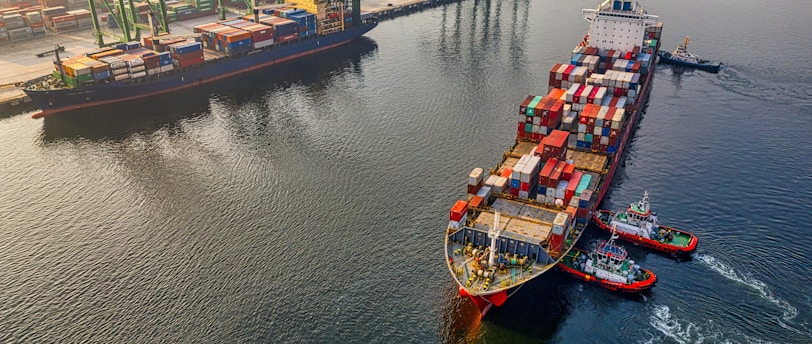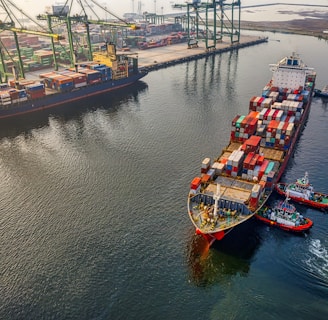Customs Export Procedures for Live Sea Crabs to China
Explore the ins and outs of exporting live sea crabs from Vietnam to China with SEAMORNY HOLDINGS PTE. LTD. Our guide covers transportation, preservation, essential documents, and customs procedures, ensuring the vitality and quality of your crustacean cargo. For reliable seafood exports from Ca Mau, contact us and streamline your venture.


Vietnam, with its rich agricultural background, is a key player in the seafood exporter industry. Capitalizing on this, businesses have boosted seafood exports, reaping significant profits. However, exporting live Vietnamese seafood for consumption poses challenges. What are the difficulties, and what procedures must be followed to export live seafood abroad? Today, we'll delve into the export procedures for live sea crabs, using the example of crab exports.
Overview of the Live Crab Export Market in Vietnam: Currently, Vietnam primarily exports live sea crabs to China, usually transported by road. The main reasons are the short transport time, ease of procedures, and the vast consumer market. Additionally, businesses are expanding to export live crabs to other markets such as Singapore, Taiwan, Japan, Dubai, Thailand, etc.
Exporting Procedures for Live Sea Crabs:
Transportation and Preservation: For live seafood, most businesses opt for air transport due to its speed. To maintain quality during transit, use styrofoam boxes with dry ice at the bottom. Stack crabs on plastic trays, ensuring no direct contact with the ice. Punch holes in the box for air circulation, preventing suffocation.
Size and Packaging: Size ranges from 200g to 1kg per crab. Pack them in boxes weighing 12kg, 20kg, or 30kg each.
Preservation during Transit: Maintain a cool temperature of 5–10°C. Use refrigerated trucks with adjustable temperatures during transportation for longer crab vitality.
Documents Required for Export:
Certificate of Origin (C/O);
Invoice;
Packing List;
Air Waybill (AWB);
Health Certificate (Crucial);
Health Certificate Application Process:
Application form for inspection;
Importing country's inspection requirements;
Submit relevant documents for animals/products under the competent authority's management;
Certification of the source's disease safety in the originating aquaculture facility.
Customs Procedures: Coordinate with the importing country to ensure they allow crab imports from Vietnam. Verify if they have an import license for this product and the required documentation.
HS Code and Export Duty: Refer to HS code 0306.14.90, with a 0% export duty and 0% VAT.
In summary, exporting live sea crabs involves meticulous procedures. Check with the importer to understand their requirements. Pay attention to packaging and preservation to ensure the crabs stay alive and fresh. For a reliable crab exporter in Ca Mau, contact SEAMORNY HOLDINGS PTE. LTD.
Contact Information:
Vietnam Office:
No. D3, Hong Ky Street, Cat Lai Ward, Thu Duc City, Ho Chi Minh City, Vietnam
Tax Code: 0318047553
Contact:
📞 Hotline 1: (+84) 76 2088 907
📞 Hotline 2: (+84) 898 477 448
📧 Email: info@seamorny.com
